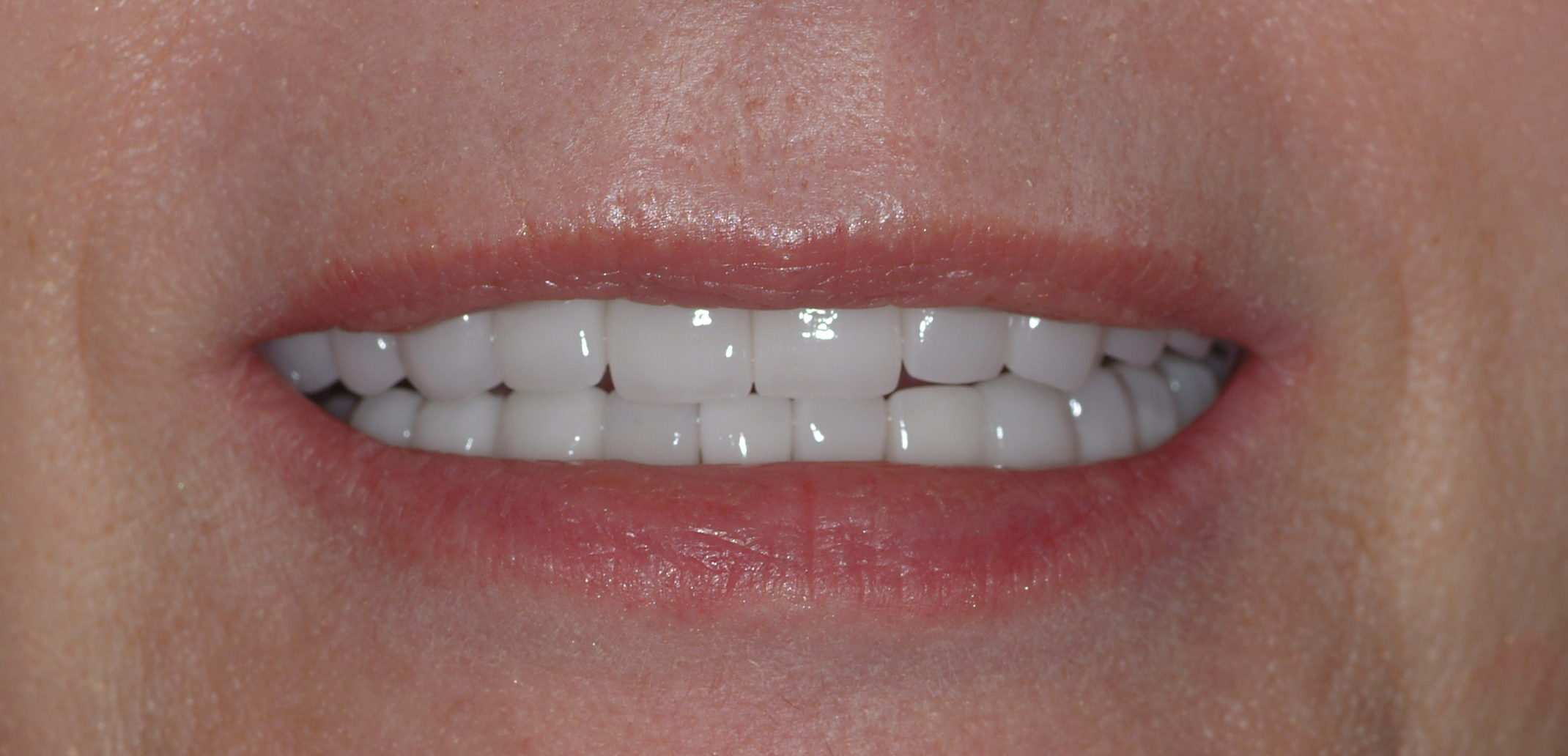VENEERS- WHAT TO CONSIDER
VENEERS
The word veneer has found its way into frequent casual conversations amongst friends and families. Many people think of veneers as a dental material that can brighten and improve one’s smile, which they do. The added benefit is that the material, resin or porcelain, can strengthen the tooth or teeth, as well.
Veneers have become popular because they permit in some situations the teeth to become straighter without the use of braces, clear aligners ,crowns or other orthodontic treatment. As mentioned above, veneers give the person options for changes in shape and color, all of which enhance the smile. This has proven valuable in personal, social and business settings. We have long known that upon meeting a person, most people are drawn to a person’s eyes and teeth and an impression is quickly made.
The process begins with a discussion of what the patient is trying to achieve and what he or she may be unhappy with regarding there smile and/ or individual teeth. The dentist needs to examine the teeth and the supporting bone and gum structures to help in determining the success of the treatment.
Where it is determined that the gums require improvement in the health status, treatment is directed to accomplishing a healthy condition. The dentist can often present a pictorial change using photographic software to give the patient a preview of what veneers can achieve. At times a temporary improvement can be made in the mouth to simulate the effect achievable with veneers.
The veneer process can then proceed in the dental chair. Once the patient is anesthetized, the dentist shapes the teeth to a form that will restore the tooth or teeth to a more esthetic appearance. At times there is no need to anesthetize the teeth, as there would be little or no reduction of the size of the teeth. Impressions of the teeth are made to be sent to a dental laboratory. The dentist provides specific instructions for the dental technician to achieve the chosen color and shape. The patient leaves with temporary veneers, which gives the person an opportunity to evaluate color and shape. The patient has time to decide if speech is affected and if the appearance is acceptable. This is done prior to placing the final veneers. Changes can be made at any time prior to placing the permanent veneers to achieve the esthetic goals.
There are several different materials that are used to make the veneers. The most durable are the ones that fall into the ceramic category. The veneer ceramics can made from feldspathic porcelain, lithium disilicate, zirconia oxide layered with porcelain or leucite reinforced ceramics. A second category of veneer materials is composite resins. There are advantages and disadvantages to each material and the dentist is the one who is best to make that decision. Factors that are taken into consideration are the condition of the teeth, the causes of worn or discolored teeth, the biting forces to be expected as exhibited by the condition of the person’s teeth, the strength of the underlying structure of the teeth or tooth.
The pictures seen on this web site are of veneer cases treated in the office of Barbag Dental Associates by Dr. Harvey Barbag and Dr. Adam Barbag.






